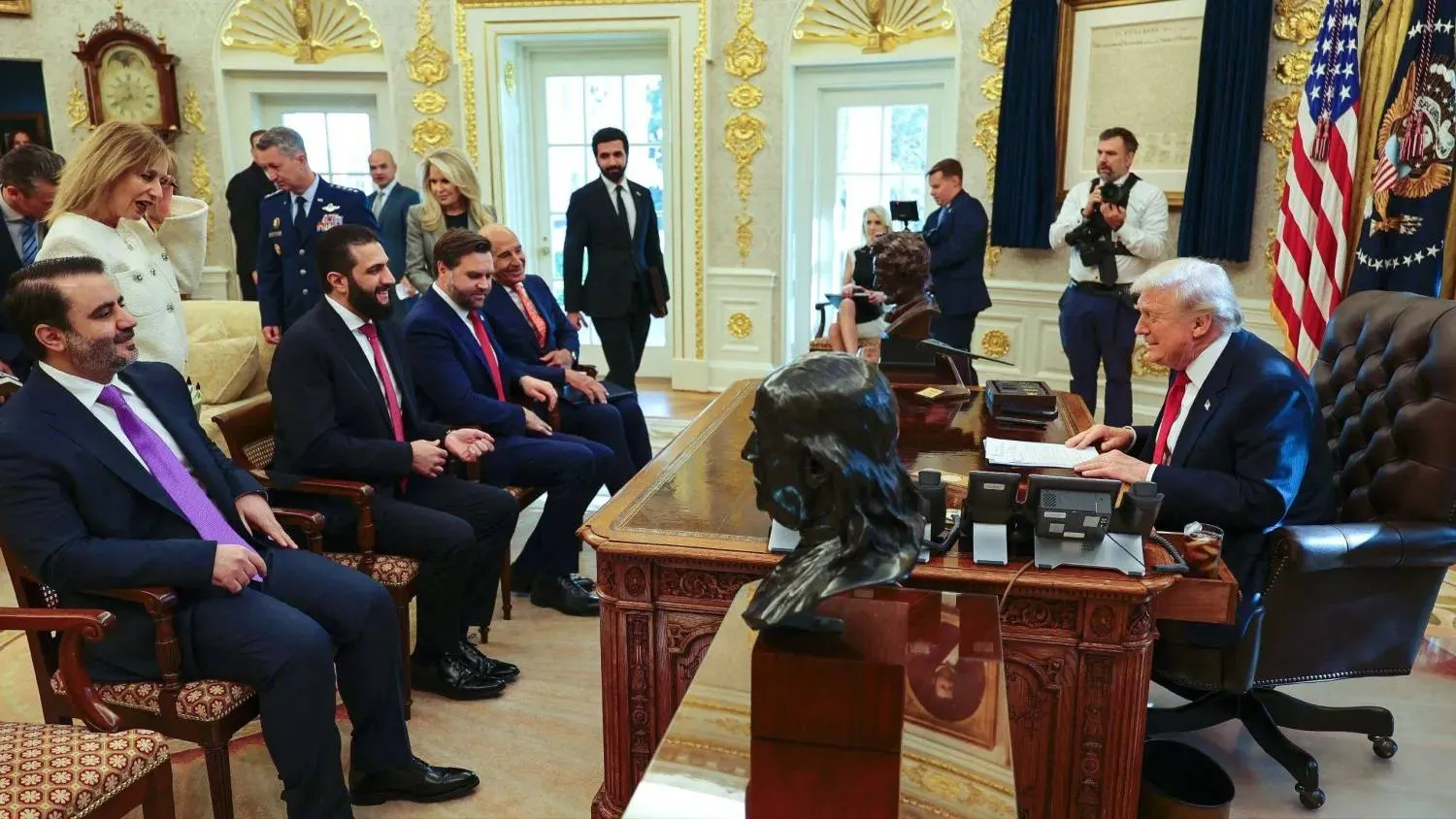“Doesn't it remind you of the Hamidiyah market (Syria)?” asks a visitor in the town of Bar Elias, located in eastern Lebanon.
The visitor is struck by the bustling market and the diverse crowd of Syrians—traders, workers, visitors, and investors.
This has turned the town, near the eastern border with Syria, into the “capital of Syrian displacement” in the small Mediterranean nation.
Bar Elias has earned the nickname due to the large number of Syrians living in and around the town.
With nearly 130,000 Syrians compared to just over 50,000 Lebanese residents, the Syrians are divided between displaced individuals in camps, around 60,000, and around 70,000 residing in rented houses.
Many are involved in cross-border trade between Lebanon and Syria, importing goods from abroad.
Shared Lives
Syrians have brought their entire lives to Bar Elias, where visitors can see a mix of traders, professionals, farmers, and laborers.
People from various backgrounds smoothly moved to the town after the 2011 Syrian war.
The Syrian population in Bar Elias has jumped from 10,000 before the conflict to 130,000.
“This number might grow with the recent Syrian displacement,” according to a local resident who requested anonymity.
Having essential services is a key draw for Syrians.
The region has service and health institutions set up by Palestinians since the 1980s.
The “Nazareth Hospital,” managed by the “Palestinian Red Crescent,” serves residents in the Bekaa region, including Lebanese, Syrians, and Palestinians.
About 20,000 Palestinians still live in Bar Elias, building homes, starting businesses, and fully becoming part of the community.
Attractive Location
Bar Elias is a preferred destination for Syrians escaping the war, thanks to its strategic location along the Beirut-Damascus highway.
Positioned between the Syrian border and the bustling town of Chtaura, it has become a central point for economic activities between the two countries.
The town, once a choice for Syrian entrepreneurs due to its prime location, rose to economic prominence in the 1980s.
Before 2011, Bar Elias had around 10,000 Syrians.
Initially, the influx was modest, but as Syria’s economic situation worsened, thousands sought refuge.
“These are our people, and we welcomed them just like we did with our Palestinian brothers in their time of need,” Mohammad Mita, a key figure in Bar Elias, explained to Asharq Al-Awsat.
“We opened our doors, offered them land on the town’s outskirts for their camps,” he added.
Mita continued that during the early days of the Syrian crisis, “most newcomers were from lower-income groups, but as they felt secure and welcomed, the middle class and business owners started coming to the town for trade.”
Energetic Business Scene
Traders in Bar Elias follow a smart strategy of making steady profits, allowing them to take control of the entire commercial scene in the Bekaa region.
They’ve become key players after agriculture and construction, expanding their influence into services, phone sales, and more.
According to Mita, the people of Bar Elias benefit the most from the town’s business activity, paying municipal fees and renting shops.
Rent on the main street can go up to $700 per month, while in the inner neighborhoods, it ranges from $250 to $300.
Mita mentions that merchants are willing to pay even more.
On the international Riyaq-Baalbek road connecting the Bekaa to Homs in Syria, the rent is no more than $50 per month.
Vibrant Zone
Bar Elias has quickly become a lively economic center in less than ten years, providing a supportive environment for economic growth amid Syria’s worsening crisis.
Syrian refugees have set up the biggest market in the Bekaa region, standing out for its size and significance. Located along the main entrance of Bar Elias, this market spans 4 km, offering numerous job opportunities for Syrians working in trade.
This market mirrors traditional Syrian markets, giving visitors a sense of being in places like Damascus’ Hamidiyah market.
It sprawls along the main street and its branches without a roof.
Large motorcycles, similar to “tuk-tuks,” transport goods abundantly, resembling the Syrian markets, with goods moved along the market’s edges.
The market in Bar Elias boasts a variety of businesses selling poultry, vegetables, groceries, clothing, spices, grains, and more.
It mirrors Syrian markets, displaying goods on sidewalks during the morning and storing them inside shops after work hours.
Traders share that their customers include Syrian refugees, local Lebanese, and camp residents in the Bekaa region.
Small-scale merchants find it convenient to purchase goods from Bar Elias market for resale in camps across Bekaa.
The market is a vital source of employment for Syrians who secured work permits and for those living in nearby camps.









